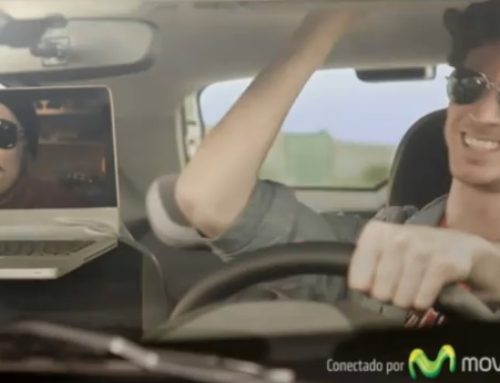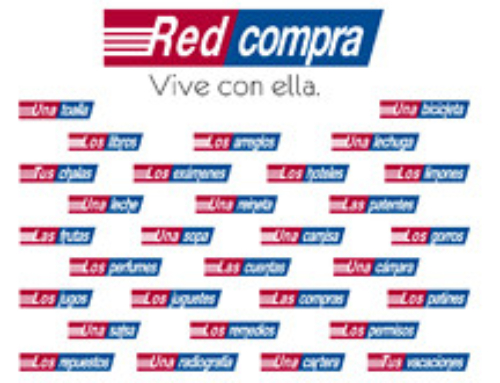We can describe customer loyalty as the fact that people chooses to buy or use a particular product, brand or company, rather than use others, customers exhibit brand or customer loyalty when they consistently purchase a certain product or brand over an extended period of time.
There is behavioral and attitudinal loyalty. The first one refers to customers buying exclusively or mostly only one brand, whereas attitudinal loyalty is all about having an emotional attachment to a brand. True loyalty requires both so that customers continue buying even when situational factors may make a repeat purchase difficult (Financial Time, 2012).
Loyalty strategies in the automobile market is very difficult, because unlike other consumer products with more frequent replacement cycles, auto buyers often don’t return to the dealers for three or four years or even longer. Therefore, loyalty needs to be an ongoing focus toward against customer defection (Polk, 2010) and historically only the 40 percent of the clients are loyal enough to buy the same brand, initially showing a 90 percent of conformity with their automobile purchase (Malhotra, 2010, p. 397).
The question is what to do? One good example is the automobile company Subaru. They have focused on its consumers and their wants and needs by conducting marketing research through a varied of customer surveys that are made through all the clients time between cars purchases. One very important issue in their surveys is the definition of the questionnaire, the objectives and their design process, because the formalized set of questions and the design are crucial for obtaining accurate information from the respondents.
The questionnaire design is a skill acquired through experience and is considered more like and art than a science (Malhotra, 2010, p. 303). In the Subaru case, they have the perfect person, Joe Barstys, that has been with the company for more than 20 years and has spends his time worrying about customer’s satisfaction.
This has permit Subaru have a high rate of feedback of their customers allowing them to adjust its approach based on consumer’s demands and identify the type of Subaru buyers (Malhotra, 2010, p. 397).
Sources
Financial Time (2012). Customer Loyalty. Retrieved on February 3, 2012 from http://lexicon.ft.com/Term?term=customer-loyalty
Polk (2010, 1). Managing Customer Loyalty in the Auto Industry. Retrieved on February 3, 2012 from https://www.polk.com/knowledge/publications/managing_customer_loyalty_in_the_auto_industry
Malhotra, Naresh (2010). Marketing Research: An Applied Orientation, 6th ed. New Jersey: Pearson Education, Inc.
Video Case 12.1 Subaru: Mr. Survey´ Monitors Customer Satisfaction (2012).Boston University. Retrieved on February 3, 2012 from http://vista.bu.edu/webct/RelativeResourceManager/Template/lecture_00/metad856_L00M01_videocase12_1.html






Leave A Comment